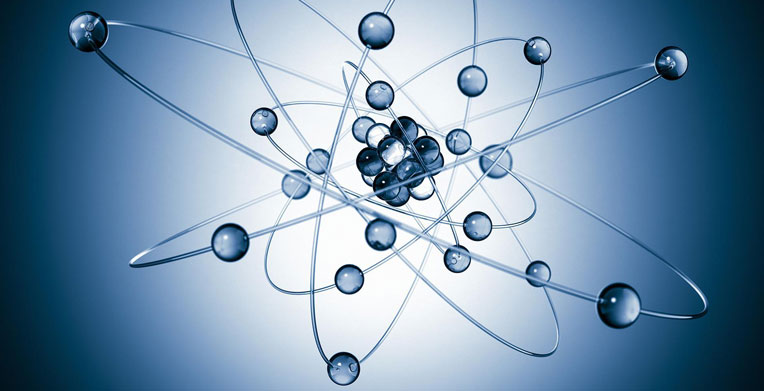
AP Physics II
AP Physics 2 is a rigorous, conceptual, mathematically-based experimental science course which
involves major topics of study such as electrostatics, DC circuits, magnetism and
electromagnetic induction, thermodynamics, fluids, optics, and nuclear physics.
This course is organized by College Board into 7 Big Ideas and Science Practices.
- Big Idea 1: Objects and systems have properties such as mass and charge. Systems may
have internal structure.
- Big Idea 2: Fields existing in space can be used to explain interactions.
- Big Idea 3: The interactions of an object with other objects can be described by forces.
- Big Idea 4: Interactions between systems can result in changes in those systems.
- Big Idea 5: Changes that occur as a result of interactions are constrained by conservation
laws.
- Big Idea 6: Waves can transfer energy and momentum from one location to another
without the permanent transfer of mass and serve as a mathematical model for the
description of other phenomena.
- Big Idea 7: The mathematics of probability can be used to describe the behavior of
complex systems and to interpret the behavior of quantum mechanical systems.
The 7 Science Practices are that will be included in AP Physics 2 include-
- Science Practice 1: use representations and models to communicate scientific
phenomena and solve scientific problems.
- Science Practice 2: use mathematics appropriately.
- Science Practice 3: engage in scientific questioning to extend thinking or to guide
investigations within the context of the AP course.
- Science Practice 4: plan and implement data collection strategies in relation to a
particular scientific question.
- Science Practice 5: perform data analysis and evaluation of evidence.
- Science Practice 6: work with scientific explanations and theories.
- Science Practice 7: connect and relate knowledge across various scales, concepts, and
representations in and across domains.